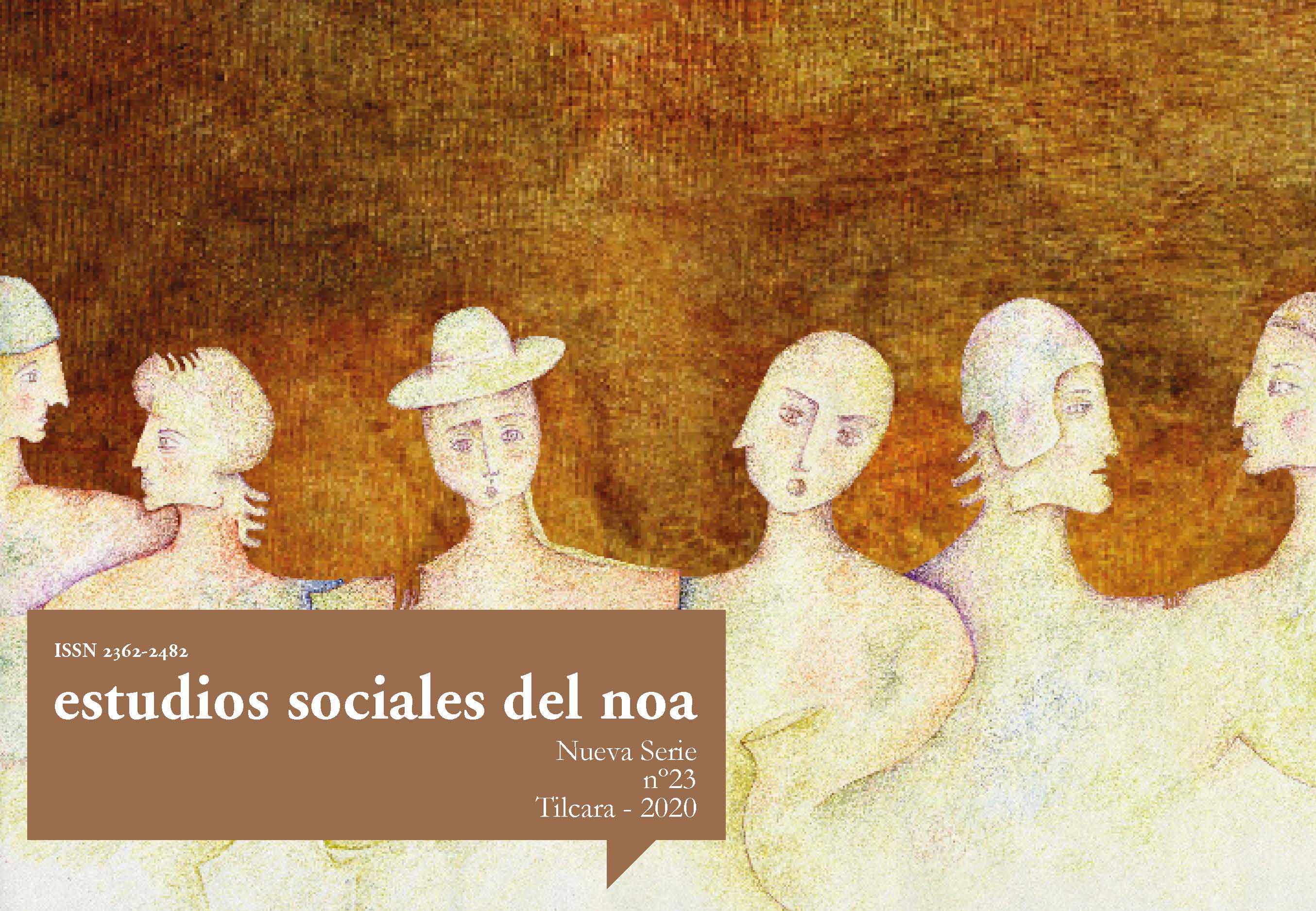Kuti, the “turn” of the pacha. Interplays between the cosmological and human
Abstract
This article addresses the category of kuti in its macro (cosmological) and micro (human) dimensions, by investigating its meanings and turns within the horizons of Andean thought. First, we address its etymological roots and various meanings found in the most authoritative colonial vocabularies. We examine various kuti vegetables and their use in Andean “healing” practices. Then kuti is related to two types of processes: the conception of kuti as inherent in the becoming, the “interplay”, of the pacha (cosmological process). The second is related to attempts to instrumentalize “kuti” and direct the forces (kallpa, ch’ama) in either a productive or predatory sense, whether to reverse a state of individual or social imbalance, or to perpetuate the sumptuous, “propitiation”, as disastrous or damaging. Here the meanings of ritual movement are analyzed in relation to wak’as. Finally, we relate the kuti form to the domain and horizon of the meanings of Pacha, to see ways of thinking and acting in relation to change and the historical transformations of these. We do this through a comparative and “rhizomatic” process, focusing on data that reveal the modalities and meanings of kuti in relation to the various ontological regions, its beings and with humans.Downloads
Authors who publish in this journal accept the following conditions:
- The authors or translators retain the copyright and assign to the journal the right of first publication, with the work registered under the Creative Commons Attribution-NonCommercial-ShareAlike 4.0 International, which allows third parties to use what published as long as they mention the authorship of the work and the first publication in this journal.
- Authors may enter into other independent and additional contractual agreements for the non-exclusive distribution of the version of the article published in ESNOA (eg, include it in an institutional repository or publish it in a book) as long as they clearly indicate that the work was first published in this journal.












